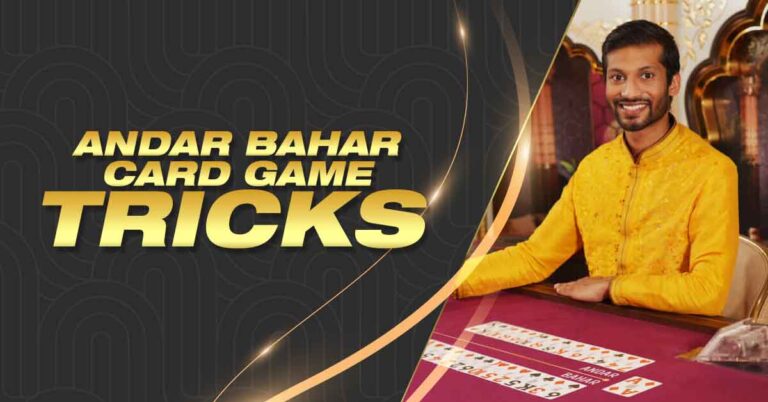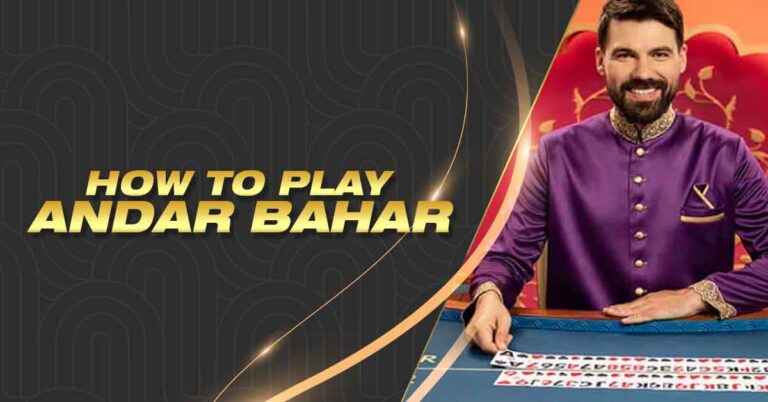Mastering the Basics: How to Play Rummy Like a Pro
Rummy stands as a card game where the objective is to enhance the initial hand you are dealt. This improvement can occur during your turn, either by drawing cards from a designated pile or by seizing the card discarded by your opponent and subsequently discarding one from your own hand.
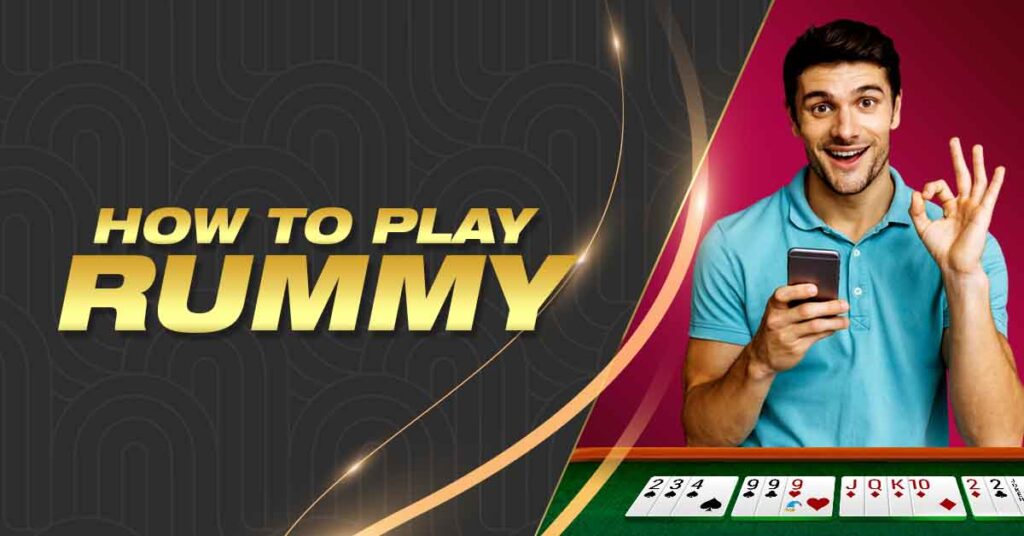
The game accommodates two or more players, although in instances where six or more participants engage, an additional deck of cards is necessary. This article serves as a guide to acquaint you with the fundamentals of playing rummy, encompassing rules, scoring procedures, and strategies for emerging victorious.
Primary Goal of Rummy
The primary goal in rummy is to arrange (or meld) your cards into two distinct types of combinations:

How to Play Rummy
To play rummy effectively, adhere to the following set of rules and instructions:
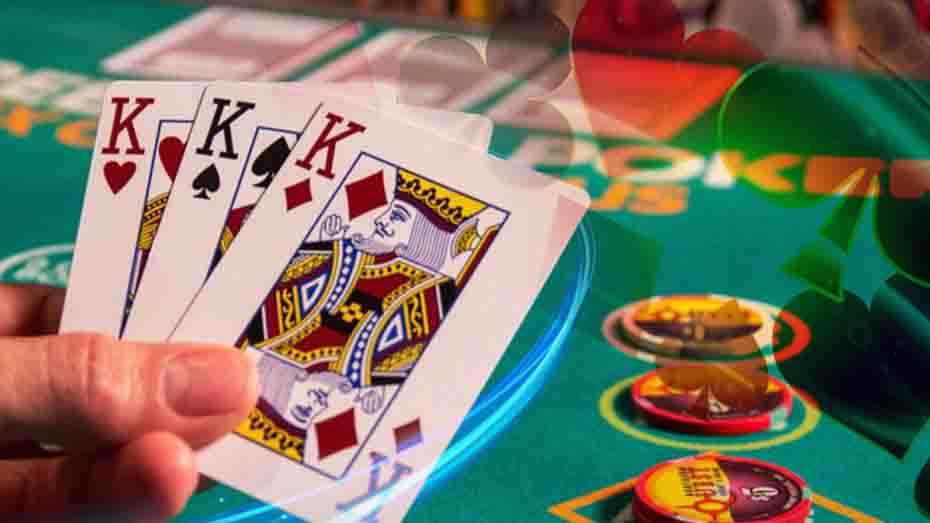
Card Distribution
The number of cards dealt to each player depends on the total number of players. In a 2 or 3 player game, as well as for a 4-player game, each player receives 10 cards. For a game with five players, six cards are dealt to each player. For games with more than five players, utilize two decks of cards and distribute seven cards to each player. Alternatively, a two-player game can also be played with seven cards each.
Initial Setup
At the commencement of the game, appoint a scorer and a dealer. The dealer then distributes the cards to each player and places the remaining undealt cards face-down on the center of the table as the stock. The top card of the stock is turned face-up beside it, forming the first card of the discard pile.
Gameplay
The game commences with the player positioned to the left of the dealer. They can choose to pick up the top card from the discard pile or draw the top card from the stock. If they can meld some of their cards into runs or sets, they place these combinations on the table. Otherwise, they discard one card face-up onto the discard pile, and the turn passes to the next player.
Subsequent players can either pick up the last discarded card or draw from the stock. Afterward, they have the option to meld some or all of their cards by creating combinations and placing them on the table. The game advances in a clockwise manner, circling around the table. When the stock is depleted, reshuffle the discard pile and reestablish it as the stock.
Laying Off
Players have the opportunity to lay off cards onto the table, aligning with combinations already melded by other players. This action is referred to as “laying off.” The player laying off places the card on the table in their position. For instance, if Player A has a meld with three sevens, Player B can lay off a seven from their hand onto the table.
Additional Rummy Guidelines and Pointers
Having grasped the game’s goal and fundamental playing instructions, consider these distinctive official rules of rummy along with some practical advice:
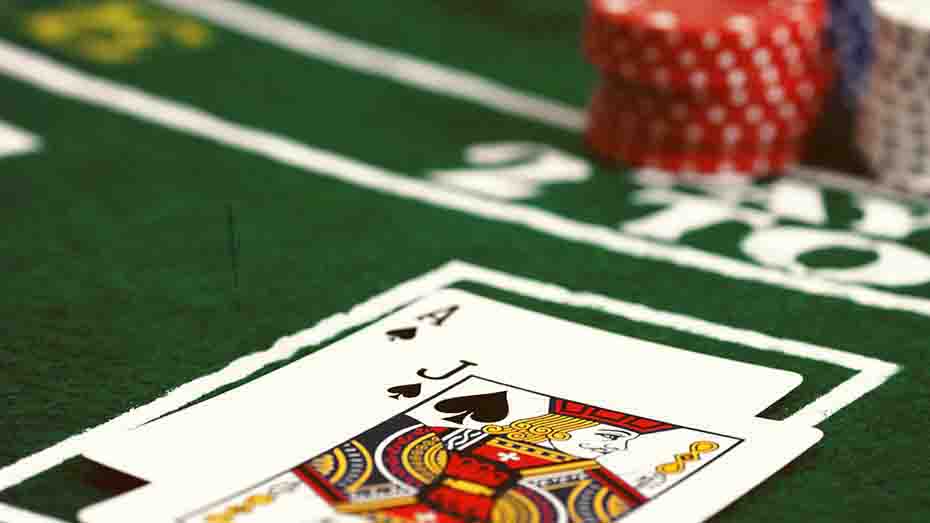
Incorporating Wild Cards into Rummy
For an added twist to your rummy game, consider introducing wild cards, which can be achieved by including jokers in the deck or designating certain numbers, like 2s, as wild. Here’s how it works:
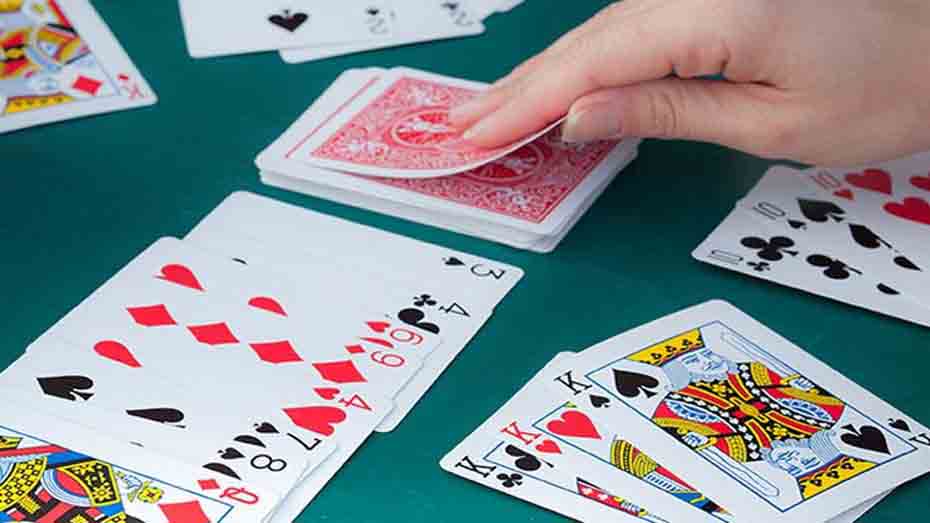
Jokers in the Deck
Jokers can stand in for any card when it’s your turn to play. For instance, if a meld on the table includes a joker representing the king of clubs, the next player can substitute it with the actual king of clubs and utilize the joker elsewhere.
Wildcard Numbers
Alternatively, you can designate specific numbers (e.g., 2s) as wild cards. When playing a combination with two 8s and a joker, there’s no requirement to specify which 8 the joker represents. In the case of a run, such as 5-6-joker, the assumption is that the joker represents the 7.
Adding wild cards brings an element of unpredictability to the game, allowing for strategic substitutions and enhancing the overall excitement of the rummy experience.
Consider refraining from immediately laying down combinations that include wild cards in your rummy game. The rationale behind this strategy is to avoid providing another player with the opportunity to utilize a wild card through substitution. If, however, you find it necessary to place a set or run on the table, endeavor to ensure that the original card replaced by the wild card has already been incorporated into a different set or run. This approach maximizes the strategic use of wild cards while minimizing potential advantages for opponents.
Achieving Victory and Scoring in Rummy
The initial player who successfully arranges seven out of eight cards in their hand into combinations, incorporating the card acquired during their current turn, or ten out of eleven cards, as applicable, emerges victorious by going out and placing all their cards on the table. The customary practice involves discarding the remaining card as you declare victory, typically organizing the cards into one combination of four and another combination of three.
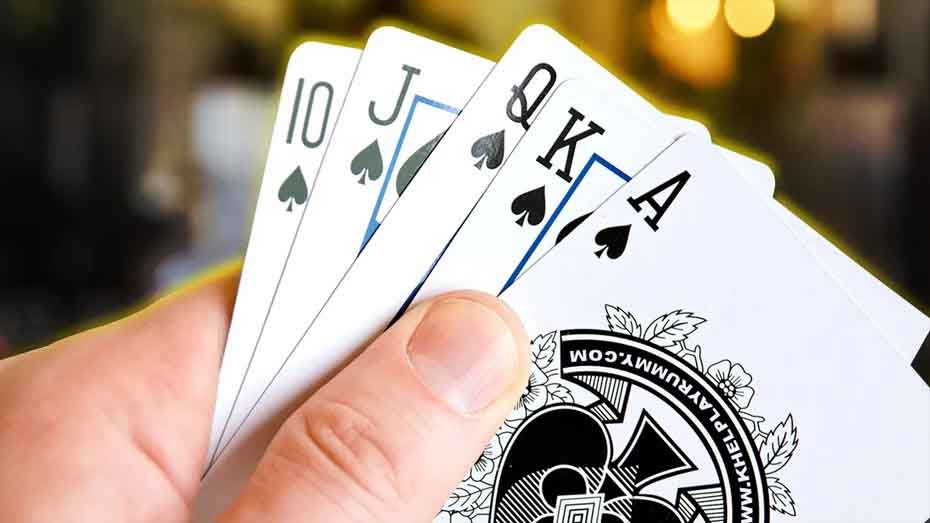
It’s not mandatory to complete these plays in a single turn; you may have already laid down some cards into sets before reaching this point. For instance, if your last two cards are both 7s and you pick up a third 7, many players consider it acceptable to go out by forming a set without the need for a final discard.
Upon winning, the player accumulates points from all other participants, determined by the remaining cards in their hands, irrespective of whether these cards form completed combinations. This underscores the importance of promptly putting down melds as soon as they are acquired.
Points are calculated based on the following scale:
For instance, if, at the end of the game, you are left with the ♠K, ♦K, ♦Q, and ♣A, the winner scores 31 points. In games with more than two players, the winner accumulates points from all other participants. The victor is the first player to accumulate 100 points.
Remember, completing the act of laying down all your cards in a single turn is known as “going rummy,” a move that doubles your score. The presence of this bonus significantly influences your strategic decisions about when to place combinations on the table. If you anticipate being able to claim this bonus, you might choose to postpone laying down your combinations.
FAQs
Conclusion
In conclusion, mastering the art of playing Rummy involves understanding its fundamental goals, rules, and strategic nuances. Whether incorporating wild cards for added excitement or carefully managing card distribution, players can elevate their gameplay by following these guidelines. With a blend of skill, strategy, and a touch of unpredictability, Rummy becomes not just a card game but a captivating pursuit for those seeking to play like seasoned pros.



